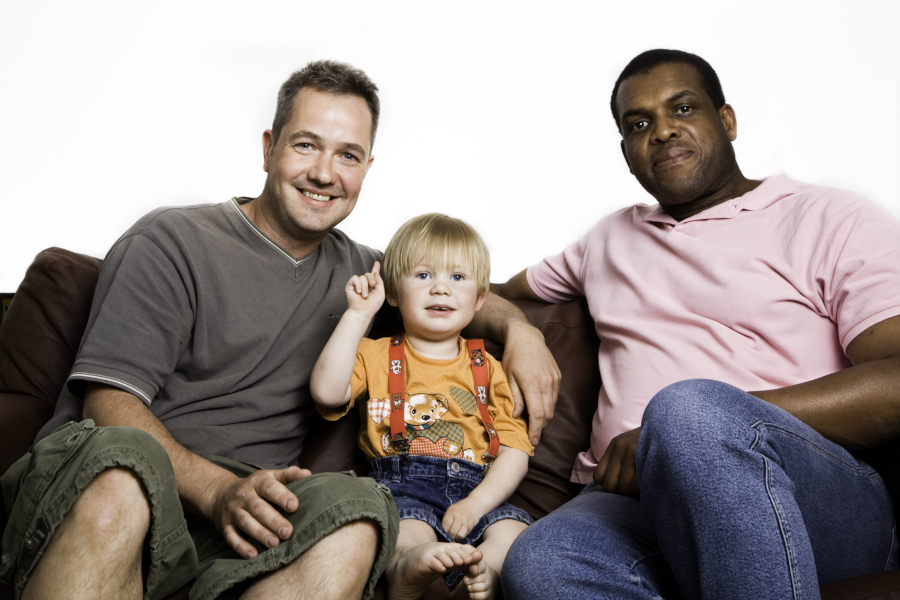Chapter 22. Parenthood
22.1 Synopsis
Welcome
Parenthood in the United States
Featuring interactive graphs, this activity shows how U.S. birth rates have risen or fallen over the years depending on the mother’s age. It also examines the different types of families and individuals who choose to adopt.
Click the 'Get Started' button below to start this activity



22.2 Parenthood in the United States
Parenthood in the United States
This graph shows the number of babies born per 1,000 women in the United States, by decade, starting in 1960. Dramatic shifts in biological parenthood are evident, with teenage births continuing to fall and births to women older than age 30 rising again.
Go to map


Data from Martin et al., 2018.
22.3 Parenthood in the United States
Parenthood in the United States

Question 22.1 Biological and Adoptive Parenthood in the United States
Y8sF35iDA+sMtXssFf2dBpsIKiojcyGLDkQNgbXYkEmcu4tQiDnGwiP0LrPNcXIhAC2O53A5gZ6lV5RH2Mi0SjqWcFrg/6N59u6Jb+h9GCzHqDsCwfMmkG0TLlHBf/e1cGo7zrG/U1xwaG9KBcA71YodRIK+DjMJgt1pv5ZU29U1VIqEiWLw1eFeR/xCr5m+KBleXA2sPmn9eiEHx6Efrd7KjUqKBx6RSRKmCSbouBJA9OSf7UCKIN7YLdKaY1cnjICRof8HtCZ3cQtOF4RbVw==22.4 Parenthood in the United States
Parenthood in the United States
As your text explains, a sizable number of adults are nonbiological parents, and many of them are adoptive parents. Because adoptive children are chosen and wanted, the adoptive parent–child bond is often as strong and secure as that of the biological parent–child bond. These two graphs show the relationship of adoptive parents to their adoptive children and the various adoptive family structures.
Go to map


Data from Adoption and Foster Care Analysis and Reporting System (AFCARS), various years
22.5 Parenthood in the United States
Parenthood in the United States

Question 22.2 Parenthood in the United States
wWxatGkQLKLr4Bcd20jFNbdlyX/JjiLQ+ZZLULFBjcc4T/4O0AsEG0+ZMfELMvrtlyg8/oEB58+sspxpGaUvZ0kNRhvAjul40wWSNH/DeAiPKmKZZ+mLvPBLI54wYfjoXM07p0exINNWMhiuqZbwoUEul1kj3fXdAVzi9VZFVtyYzvu8x7vodlTMciCJ2d3wyTwQqvN3/XmOjfds2qn6v4nFGfjuecfI4JhSQvVlDPWZ4cnRLvKuff/WQoVyfMwai2JpIWBf3Bp3bMW8pTHl9RGaxgRc3mMCD3gHLIlrTQsxaQdnsLEf9dipftzRHrQK+sFfuV0RFGw7fOvFzDCUp+oTSyyrPY5KFozVxFbVN/PzVAHKUICVG2w/FVZE3+yZV+UpgDKRPW1SgwPB4pwYH/fElAxv0qbG0my4Zs2Xptem9diDiWmj30KzUu/WNKad22.6 Activity Completed!
Congratulations! You have completed this activity.
REFERENCES
Martin, Joyce A.; Hamilton, Brady E.; Osterman, Michelle J. K.; Driscoll, Anne K. & Drake, Patrick. (2018, January 31). Births: Final data for 2016. National Vital Statistics Reports, 67(1). Hyattsville, MD: National Center for Health Statistics.
U.S. Department of Health and Human Services. (2006). The AFCARS Report: Final estimates for FY 1998 through FY 2002 (12). Washington, DC: Administration for Children and Families, Administration on Children, Youth and Families, Children's Bureau.
U.S. Department of Health and Human Services. (2008, January). The AFCARS Report: Preliminary FY 2006 estimates as of January 2008 (14). Washington, DC: Administration for Children and Families, Administration on Children, Youth and Families, Children's Bureau.